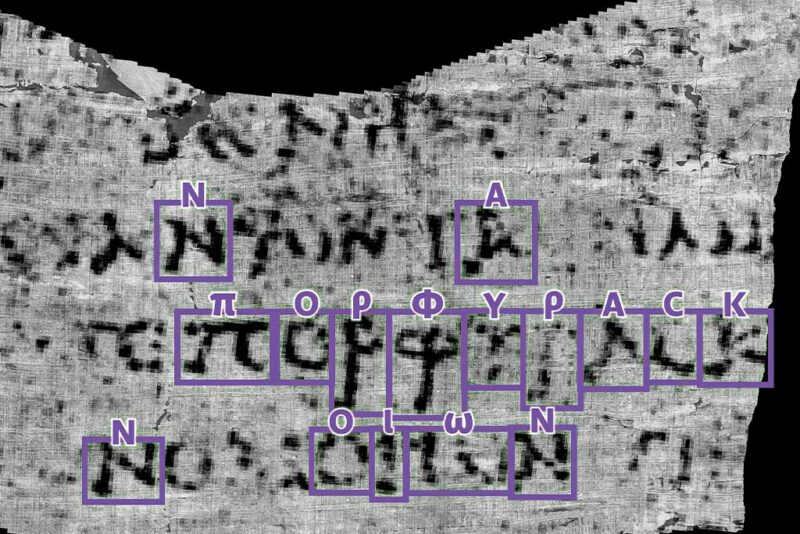

Luke Farritor, a 21-year-old computer science student at the University of Nebraska-Lincoln, USA, has successfully decoded a word on a 2,000-year-old Roman scroll using a machine learning algorithm.

Luke Farritor, a 21-year-old computer science student at the University of Nebraska-Lincoln, USA, has successfully decoded a word on a 2,000-year-old Roman scroll using a machine learning algorithm. The Herculaneum scrolls, which resemble pieces of coal, were preserved after being burnt during the Mount Vesuvius eruption in 79 AD. Since their discovery in Italy in 1752, all attempts to unroll them had led to their crumbling. Farritor managed to decipher a word on the scrolls for the first time since their discovery using a method known as ‘virtual unwrapping’. This method involves the use of computer tomography, which is an imaging procedure. The word he deciphered was ‘porphyras’, which means ‘purple’ in Greek.
Did You Know?
The volcanic debris from the eruption of Mount Vesuvius buried Pompeii, a city that was located to the south of ancient Rome.





